My recipe for a good summer day involves a morning read, a park picnic, and a sunset cocktail. I’ll leave the last two up to you, but if you want to indulge in the first ingredient, we’ve put together a list of eight design books we’re excited about. From fashion to branding to architecture, there’s something in here for anyone, whether you’re in a creative practice or simply interested in it.

Designing Peace
How can design pave the way for peace? An exhibit at Cooper Hewitt, Smithsonian Design Museum, highlights 40 tangible ways designers can help resolve conflict and promote justice. An accompanying book—Designing Peace: Building a Better Future Now—expands on the topic with essays, interviews, and maps exploring the crucial role designers can play in nurturing peace. Edited by the exhibit’s curator, Cynthia E. Smith, the book includes essays from Assistant Secretary General of the U.N. Michael Adlerstein and others. $45; available now.
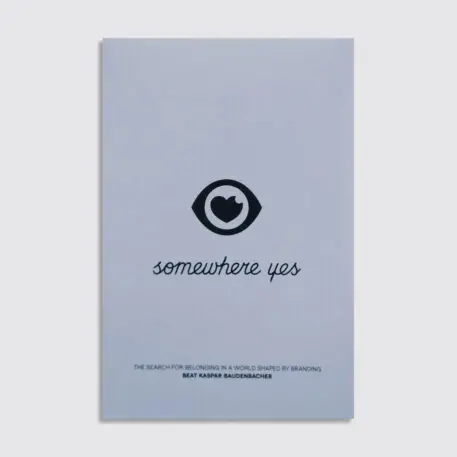
Somewhere Yes
The oldest form of branding dates back to 2700 BC, when farmers branded their cattle with scorching irons. Since then, branding has expanded into a gargantuan practice that can promote belonging and foster division at once. Somewhere Yes: The Search for Belonging in a World Shaped by Branding takes you on a visual exploration of that dual power, ultimately arguing that branding isn’t about ownership (as it was with the cattle), but about belonging. Written by Brooklyn-based designer and creative director Beat Kaspar Baudenbacher, the book is a perfect crash course on branding and how it’s used today. $21.95; available now.
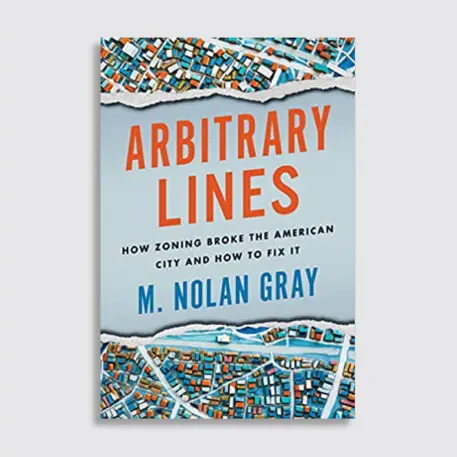
Arbitrary Lines
Zoning debates used to be relegated to developers, city planners, and policy wonks, but with housing prices rising and inequality becoming even more pronounced, the issue has entered the mainstream. In Arbitrary Lines: How Zoning Broke the American City and How to Fix It, M. Nolan Gray makes a case against zoning, arguing that it stifles growth and innovation—and exacerbates racial and economic inequality. In one particularly illustrative chapter, he examines the largely unzoned city of Houston, using it as a case study for how cities can thrive without zoning restrictions. $30; available now. —Aimee Rawlins
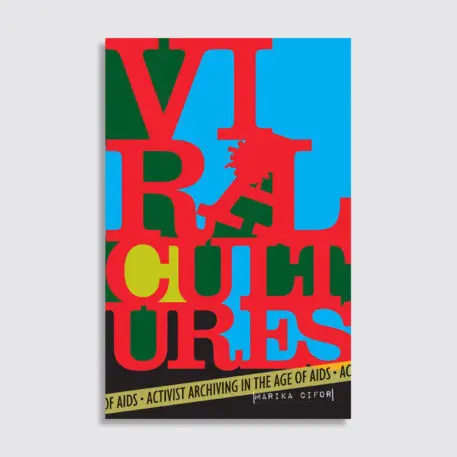
Viral Cultures
As COVID-19 swept through the U.S., it wasn’t uncommon to hear people say, “We’ve never lived through a pandemic before.” This wasn’t true, of course, and disregarded the fact that for many AIDS is far from a distant memory. Viral Cultures: Activist Archiving in the Age of AIDS examines AIDS archives from the ’80s and ’90s—the documentation and records collected by activists at “a furious pace” during the height of that pandemic. Marika Cifor shows how these materials play a vital role in understanding and memorializing the crisis, as well as providing a window into the way some stories are elevated while others are marginalized. It’s a particularly salient analysis, given the inequity exposed by COVID-19—and the systemic structures that made both pandemics worse. $27; available now. —AR
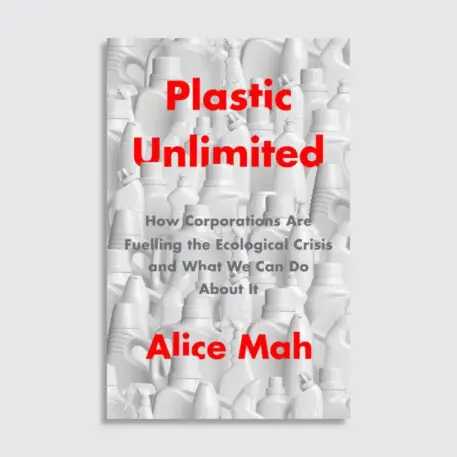
Plastic Unlimited
That the world is drowning in plastic waste isn’t news to anyone. Yet despite the global movement to combat plastic pollution, demand for plastic is still rising. In Plastic Unlimited: How Corporations Are Fuelling the Ecological Crisis and What We Can Do About It, sociologist Alice Mah argues that the current predicament doesn’t stem from bad waste management or poor consumer choices but from sheer plastic production. The goal to stop producing more plastic, however, has been hindered by petrochemical and plastics corporations fighting to protect their markets and denying the risks. Ultimately, the book is a fiery analysis of the plastics industry, but it also draws attention to the very root of the problem: the capitalist imperative for limitless growth. $19.95; on sale July 26.
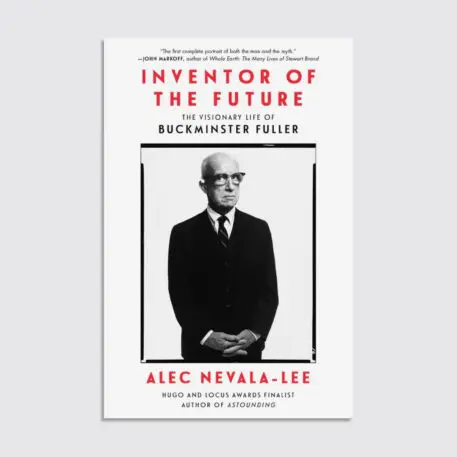
Inventor of the Future
Buckminster Fuller has been hailed as one of the greatest minds of our time. Now the visionary architect—most famous for his geodesic domes and flying car designs—is the subject of a revelatory new biography by Alec Nevala-Lee, who also authored biographies of science fiction writers John Wood Campbell Jr. and Isaac Asimov. Drawing on dozens of interviews and thousands of unpublished documents, Inventor of the Future: The Visionary Life of Buckminster Fuller paints a rich portrait of the architect’s tumultuous life, including his fraught relationship with his students, as well as the origin behind his most famous innovations, including the Wichita House—a self-sustaining prefabricated house—and the zeppelin-shaped Dymaxion car. $35; on sale August 2; available for preorder now.

What Shall I Wear?
Claire McCardell isn’t a household name, but she should be. She was a designer in the 1940s and ’50s who shaped American fashion by creating women’s clothing that was both aesthetically pleasing and easy to wear in the midst of an active life. She popularized the ballet flat, spaghetti strap, and mix-and-match separates. In 1956, she published What Shall I Wear? The What, Where, When, and How Much of Fashion, a manifesto that conveyed her belief that it’s possible to be stylish no matter what your budget or lifestyle. The book is now a classic, and next month it will be back in print for the first time in years, along with a new foreword by Tory Burch, whose Spring-Summer 2022 collection was inspired by McCardell. $24.99; on sale August 30; available for preorder now. —Elizabeth Segran
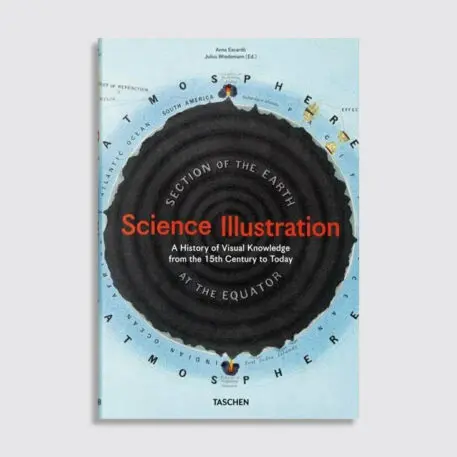
Science Illustration
Information can be passed down orally or in writing, but graphic images also play an important role in transmitting knowledge. Science Illustration: A History of Visual Knowledge From the 15th Century to Today features more than 300 such images. From Galileo’s detailed watercolors of the moon to Florence Nightingale’s statistical diagrams of war casualties, the extra-large-size volume illuminates more than six centuries of scientific discoveries in anatomy, physics, astronomy, mechanics, and more. At 436 pages, it’s a beautiful ode to illustration and its ability to translate knowledge for a broad audience. $80; on sale in September; available for preorder now.
Recognize your brand’s excellence by applying to this year’s Brands That Matter Awards before the early-rate deadline, May 3.
